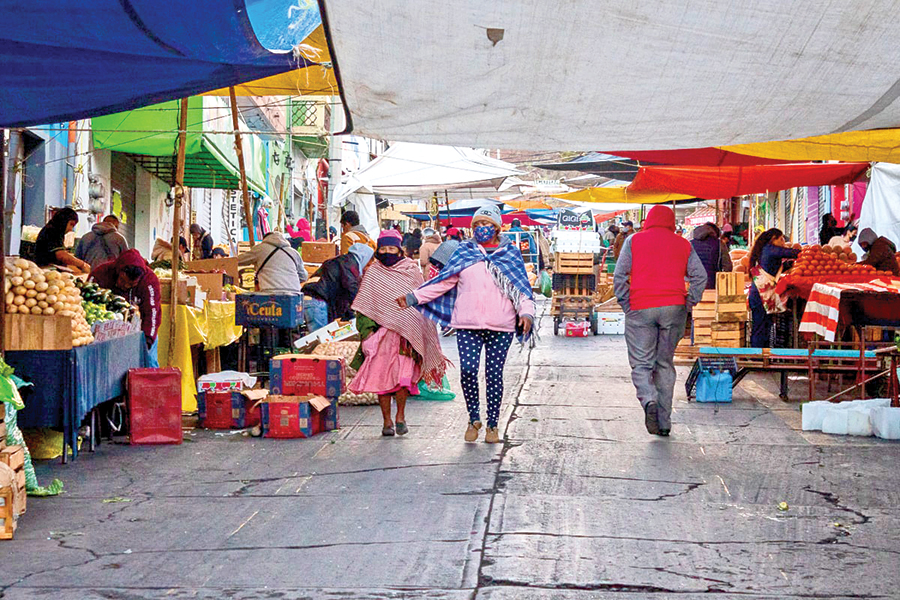In the following article we invite you to learn about the Origin of the tianguis and traditions in Mexico, in addition to teaching you the meaning of this word and much more information on the subject.

Tianguis typical of Mexico and many other countries.
Origin of the tianguis and traditions in Mexico
El Origin of the Tianguis It dates back to pre-Hispanic times as small markets, which have managed to evolve based on the social context that characterizes the century in which it is found. These markets are known in different ways depending on the country in question.
For example, in the case of Spain, it is known as a flea market or souk, in the United States it adopts the name of flea market, in Costa Rica as Tilicheras, auctions, flea market or farmer's fairs. They are also found in Peru under the name of cachina and in Chile as flea fair or simply fair.
The heritage related to these markets is a kind of mercantile tradition of the peoples of the Mesoamerican area in pre-Hispanic times, where the bazaars and the Aztecs originating in the Middle East are also included.
What characterizes the tianguis?
Its fundamental characteristic is the semi-fixed location in the streets, the days that indicate their customs and uses, changing according to the type of population and products requested by buyers or users.
Within these products can be found, from food to household appliances, including clothing. In addition to being located in space, every five days.
The Tianguis today
Today the largest and most popular flea market in Mexico and Latin America is located in the town of Chilapa de Álvarez, in Guerrero, which is about 600 years old and has become one of the most important and oldest shopping centers. In the continent. This tianguis is installed on Sundays only, covering an approximate area of five square kilometers.
Although tianguis for Mexicans, is a word used to name markets or markets, some states of the country know them as markets on wheels.
The Tianguis with the largest capacity in Latin America is located in the San Felipe de Jesús neighborhood, in the northern part of Mexico City. There is also the El Baratillo flea market, located in Guadalajara, Jalisco.
Another of the most popular is found in the neighborhood of Tepito, Federal District and many more markets, markets or tianguis that are distributed within the Mexican territory and that have managed to protect the tradition.
What are the products that they sell in these markets?
Within the spaces destined for the flea markets, you can find vegetables, fruits, species, seasonal foods, fabrics, traditional medicines of the Mexican culture or of the culture where these markets are found, flowers, clothing, medicinal herbs and even live animals. to cull them or turn them into pets.
Due to the great color that the traditional tianguis have, some writers such as Rufino Tamayo and Diego Rivero, captured in their paintings, each one of the details and colors that constituted the blankets, fruits, sunsets, species, flowers and all those objects that they observed and captured on their canvases. In these markets, you can also find typical musicians from the country.
If you liked this article, we invite you to visit and learn about the Tax crimes in Mexico Know the main ones! And all the details on this topic that is so interesting for citizens.